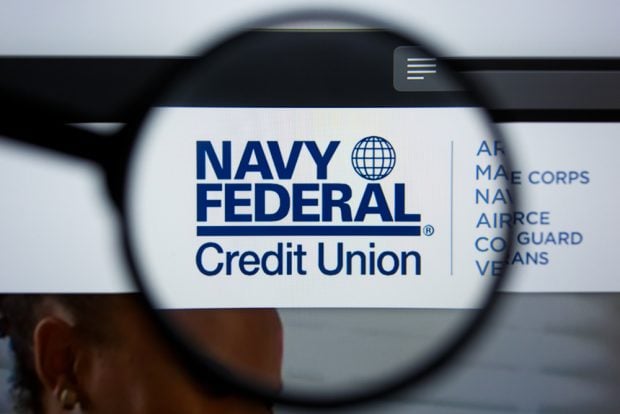WASHINGTON-Banks and thrifts have increased their services in some areas, but cut back in others, while at the same time boosting fees on some account and lowering others, according to the latest Federal Reserve Board Annual Report to the Congress on Retail Fees and Services of Depository Institutions. Congressman John LaFalce (D-N.Y.) has introduced legislation to include credit unions in the survey. Less banks-a significant 7.8% less-are offering single balance, single fee checking accounts, and the monthly fee has dropped slightly from $7.19 to $7.12. But the minimum balance to avoid paying the fee has jumped more than $40.00, from $485.39 in 2000 to $526.58 in 2001. Additionally, the minimum opening balance dropped from $159.05 to $116.06. With these accounts, customers are charged a fee only if the holder falls below a set minimum required balance. Another account studied is the `fee-only' account, where customers pay a specific fee and no minimum balance is required. Also, per check fees may apply. The average monthly fee declined from $5.16 to $4.74, a noteworthy change. However, on the other hand, more institutions are charging the per check fee up to 58.9% for 2001 as opposed to just 40.2% in 2000, the study found. The per check charge showed a minimal increase from $0.32 to $0.34. Banks offering free checking also rose from, 27.4% to 31.9%, while the minimum balance to open increased significantly as well, from $59.54 to $86.44, the study found. On the savings side, banks offering simple passbook accounts fell dramatically from 30% in 1999 to 19% in 2001. No-fee passbook accounts impose no fees regardless of the balance. The number of institutions offering this type of account dropped 15%, from 30% to 15% over the same two-year period. On the flip side though, the number of banks offering simple statement increased 18% between 1999 and 2001 and the number of institutions providing no-fee statement accounts remained about 17% during the same period. Special fees, including stop-payment orders, Not Sufficient Funds (NSF) Checks, Overdrafts, and deposit items returned, are not only more widely charged, but the fees are also increasing. Stop-payments fees spread slightly from 98.9% of banks charging in 2000, to 99.2% of banks charging in 2001. The average fee also increased $0.62. NSF checks were charged throughout the industry over the two years and the fee increased $0.57. The number of banks charging for overdrafts increased from 97.2% in 2000 to 99.7% in 2001, while the average fee rose from $19.74 to $20.42. Deposit items returned charges also gained popularity with the banks as they spread from 72% to 74.1% of banks. The average fee increased just two pennies to $7.11. ATM surcharges, a notorious issue with many consumer advocacy groups, became even more popular over the year's time. In 2000, just 88.8% of banks offered ATM services compared to 90.9% at the end of 2001. Fewer banks are charging their own customers on site for the use of their own ATMs and annual fees are diminishing. Charging for the ATM cards is also losing popularity. However, when a bank customer uses a different company's ATM, 78.5% of banks charged that customer last year as compared with 72.7% in 2000. Additionally, banks charged noncustomers in 2001 about six cents more than they did in 2000, increasing the average surcharge from $1.26 to $1.32. Also, 88.5% of banks charged noncustomers to use their ATMs in 2001 compared to just 75.4% in 2000. While the Fed's fee study has yet to include credit unions, a similar, recent survey performed by CUNA highlighted that more than twice as many credit unions offer free checking than banks and fewer credit unions charge for overdrafts. On top of that credit unions typically charge lower fees than banks for NSFs and overdrafts. While nearly all banks and savings associations charge for overdrafts covered by their institution, just 72% of credit unions charge this type of fee, CUNA's study discovered. Further, credit unions that do charge for overdrafts charge and average of $8.43 less than banks. Finally, NSF fees, which are nearly universal across all financial institutions, are on average $3.00 less at a credit union than a bank. "Credit unions offer more free checking accounts/services, and lower checking fees," a release on CUNA's study said. "This fact alone provides them with a competitive edge that can be used to attract potential members to the credit union. By taking advantage of this opportunity to increase checking account market shares, credit unions will help build stronger member relationships and will likely increase loan volume, given that checking users are much stronger users of credit union loan products." [email protected]
© Touchpoint Markets, All Rights Reserved. Request academic re-use from www.copyright.com. All other uses, submit a request to [email protected]. For more inforrmation visit Asset & Logo Licensing.






